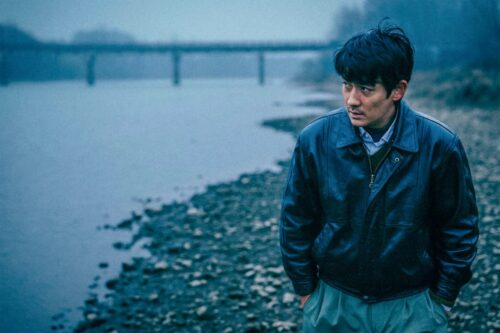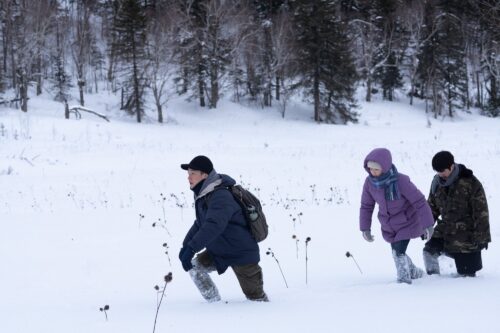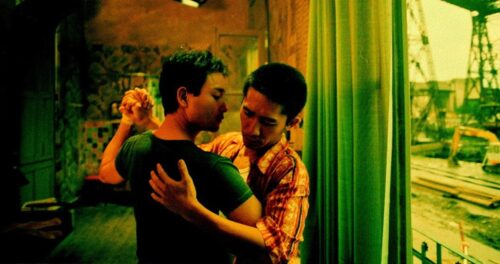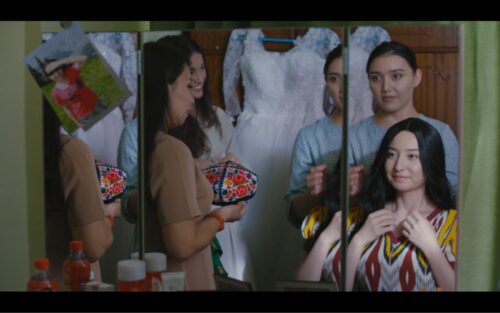Film Friday: Humanity amid massacre: ‘City of Life and Death,’ reviewed
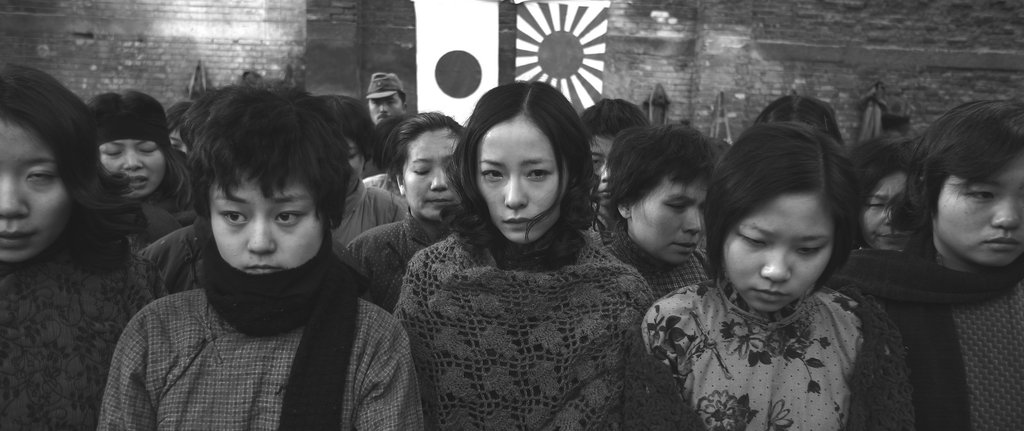
What filmmaker Lu Chuan does that his predecessors were unable or unwilling to do is bring multidimensionality to an unfathomable tragedy, to depict the Nanjing Massacre as perpetrated by human beings — those with agency, and hope, and camaraderie — who buckled under the monstrosity of war.

The 1937 Nanjing Massacre, carried out at the height of the Sino-Japanese War, was a six-week period of mass murder and rape within China’s then-capital. The Japanese army invaded the city, obliterated all Chinese soldiers, and hunted down the rest who remained in the Westerners-established Nanking Safety Zone. In the past few decades, a dozen or so Chinese-produced and -directed films have attempted to tackle this event, though most of them exhibit propaganda tendencies and a skewed perspective. In his interview with Lu, Damon Smith writes:
Previous homegrown films about the massacre have mythologized the incident, framing it in crassly melodramatic terms that speak more to patriotic ideology than to the messy, morally complicated realities of war.
One can see in films such as Don’t Cry, Nanking (1995) and Black Sun: The Nanking Massacre (1995) that China has sensationalized the brutality of the Imperial Japanese Army, depicting slaughter and rape in graphic details, portraying the characters one-dimensionally and often inaccurately. Even documentaries exhibit sensationalist and patriotic tendencies, with the extreme end being shockumentaries such as Men Behind the Sun (1987), where the purpose is not primarily to present the truth and lament over history but to inflame anti-Japanese sentiments. The authenticity and complexity of history is lost in the ceaseless demonization of Japanese soldiers. The black-and-white dichotomy between the inhumane Japanese and the helpless Chinese is one that is superficial and unproductive in fostering contemporary dialogue. It simplifies the suffering instilled in these memories and leaves the audience with little room to feel anything other than blind hatred for Japan. These sentiments layer over the modern propaganda to further aggravate the historical hostility.
And that’s what makes Lu Chuan’s 2009 City of Life and Death (南京! 南京! nánjīng) so unique: It tells the story of the Nanjing Massacre from multiple perspectives, through the experiences of both perpetrators and victims.
What Lu does that his predecessors were unable or unwilling to do is bring multidimensionality to an unfathomable tragedy, an event that is, in fact, “multi” in every respect possible but has never been addressed as such. It is multifaceted, multicultural, multinational, multilingual — a web of political, social, emotional intricacies that previous films have overlooked. City of Life and Death tells the story of the Nanjing Massacre through multiple perspectives — from the Japanese perpetrators, the Chinese victims, and the Western bystanders/mediators. In this way, it showcases a spectrum of emotions and internal struggles for all the characters within the film, each of them representing their respective national or social group.
The most interesting aspect of City of Life and Death is perhaps Lu’s portrayal of Japanese soldiers. On top of employing real Japanese actors for City of Life and Death, the human complexity he endows them with is one that no other Nanjing film to date has dared to emulate. Sergeant Kadokawa Masao is perhaps the most controversial figure, as the film’s protagonist. Though he is loyal to his country, he constantly struggles with inner turmoils — the sense of alienation from the violence committed by his comrades, the questioning of his purpose and humanity as a whole, the guilt for having these doubts and quandaries, and the innocent yearning for a prostitute. The audience cannot help but sympathize with this high-ranking Japanese commander — they begin to see him as a human.
On the flip side of the coin is Second Lieutenant Ida Osamu, the most “immoral” in the film and most closely corresponds with the image of the stereotypical Japanese soldier. He participates extensively in murder and rape throughout the story and represents the classic, heartless pawn of imperial Japan. Even so, Lu displays unexpected moments of Ida’s humanity, in which he speaks yearningly of his homeland and wish for the war to end.
Other Japanese soldiers within the film are also given agency. Scenes of mundanity depict a universal humanity within these young Japanese soldiers — sharing scavenged beer during scouting missions, practicing for the victory ceremony amidst light-hearted jokes, crowding around a piano at the town square as they sing about home and laugh over silly lyrical improvisations. In one scene, Japanese soldiers play field games at their campsite in nothing but trousers. Without their army uniforms, they look remarkably more human. They appear no different than regular boys enjoying themselves, fooling around with friends. Lu himself stated that he had spent two years gathering wartime relics and interviews for the making of this film, and that, particularly when reading the letters and diaries of Japanese soldiers, he had discovered that these people were “just like us — they were in love with some girl, they have parents, they were homesick…The Japanese troops were criminal — but the biggest criminal was the war itself. It twisted human nature.”
However, that is not to say the soldiers didn’t commit historical atrocities. Lu had no desire to downplay their crimes — every mass killing scene within the film was realistic. Neither diminishing nor over-dramatizing, Lu employs a documentary-like, black-and-white aesthetic and shooting style to convey the truth in history. He states, “I’m dealing with a lot of blood…I don’t want to make the audience uncomfortable…it’s useless. When it’s black, it shows more respect for the victims, to the people who died in battle.” Heart-wrenching emotions of individual Chinese characters exist in tandem with Japanese cruelty. The many close-up shots of characters highlight the pain in their expressions, their silent cry for deliverance from their hellish circumstances.
However, these Chinese characters are not limited to their roles as vessels of grief, as many older Nanjing films have depicted them as. The Chinese people in City of Life and Death are diverse and complex in their personalities and backgrounds — ranging from soldiers to refugees to teachers to prostitutes. Though they are the victims, they are not depicted as useless and utterly subject to the mercy of Japanese soldiers. They are clever, sly, rebellious, and heroic — some even traitorous. Lu’s film does not paint the Chinese as innocent and commendable nationalists fighting against the Japanese evil, but instead gives them the multidimensionality that mirrors real life.
Interestingly, the kind and altruistic Westerners in City of Life and Death (e.g., Nazi Party member John Rabe and American volunteers in the Nanking Safety Zone) are just as helpless as the Chinese against the onslaught of Japan. In older films such as Black Sun, one can see as well that Americans are just as prone to receiving violence as the Chinese. There is no Hollywood white-savior heroism to be seen here, like in Zhang Yimou’s The Flowers of War (2011).
City of Life and Death allows the audience to relate to both the Chinese and Japanese regardless of previously harbored biases, and the same internal conflict exhibited in Lu’s characters have, in some ways, transferred to the viewers. The audience feels a mix of triumph, despair, and grief that transcends national boundaries. Though the film has garnered controversial reactions within China, if not inflamed hatred even more, there is value in Lu’s divergent interpretation of Sino-Japanese animosity.

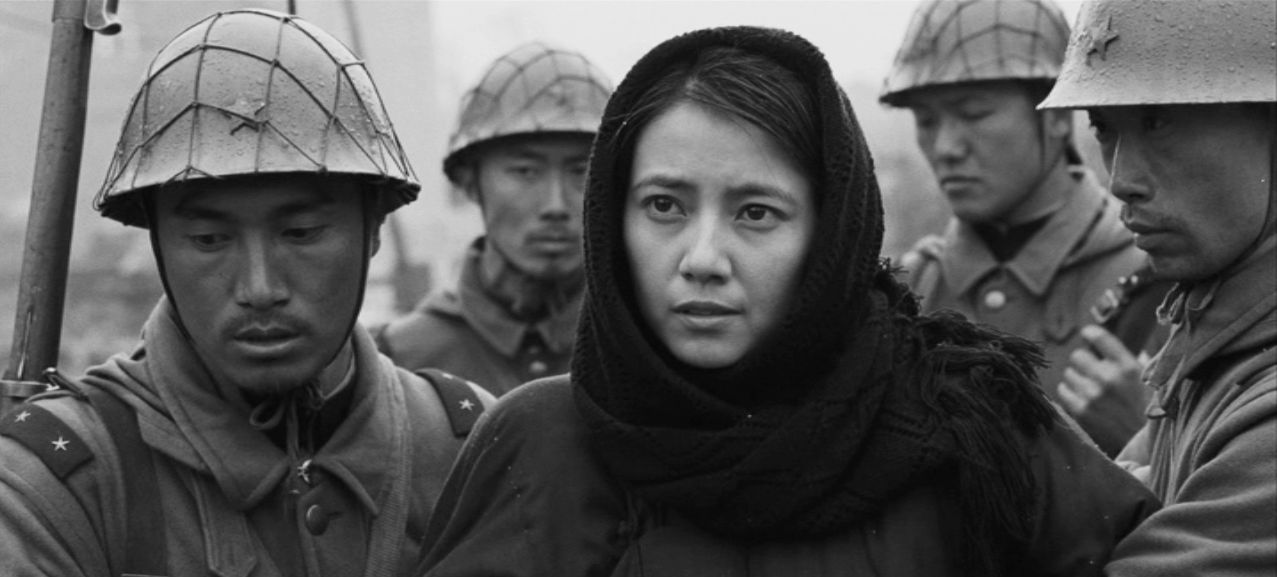
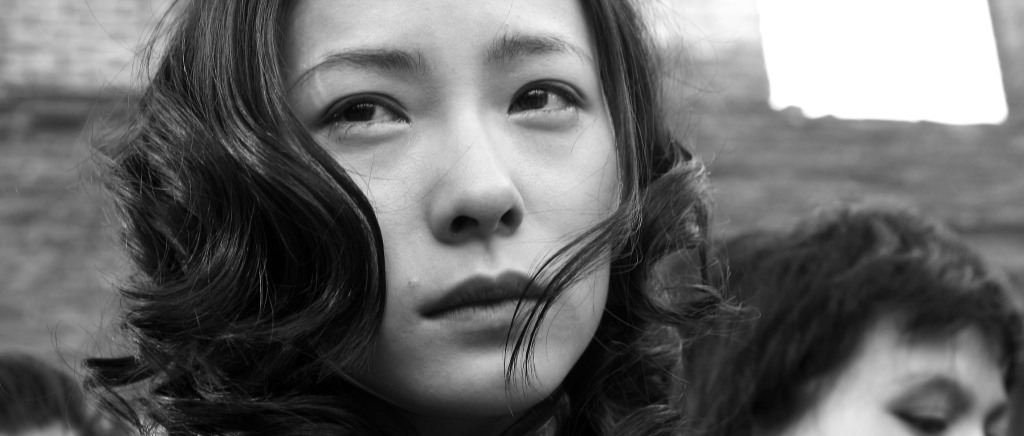
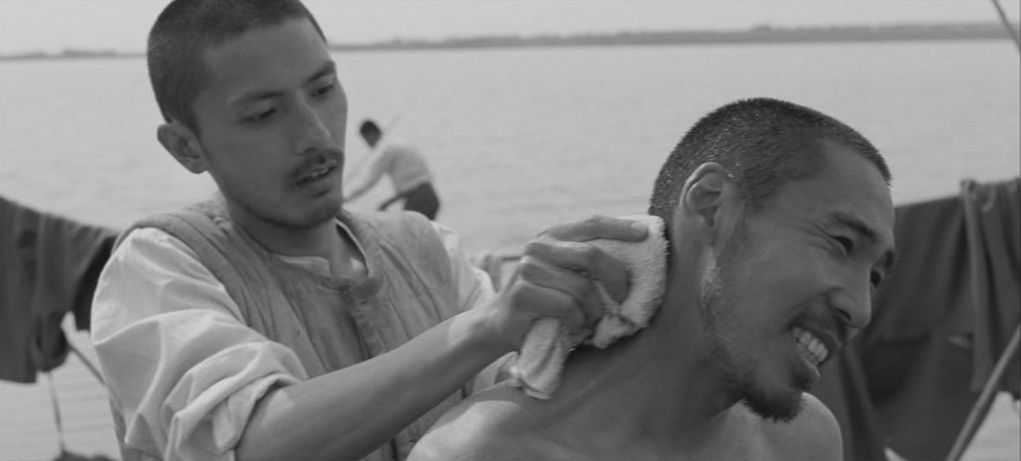
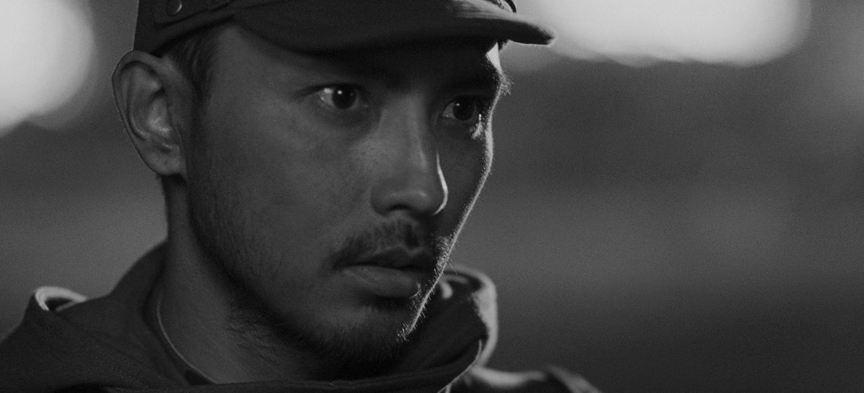
Film Friday is The China Project’s film recommendation column. Have a recommendation? Get in touch: editors@thechinaproject.com
